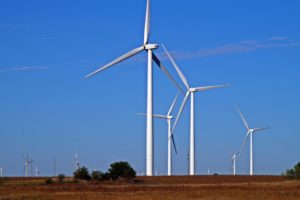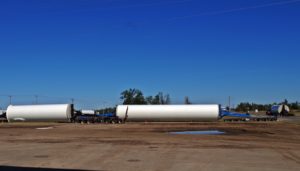Electric pie in the sky is the promise of electric cars. Adoptive technology is fast paced. It took decades to go from the origin of the 110v electric grid to adaptation of same in the average household. My own parents did not even get access to electricity until I was two years old. But cell phones, computers, etc. were adopted quickly. Some claim that the electric car will result in a rapid transition.
The notion that we will quickly transition to electric (E cars) cars is a speculative claim. A blogger claims that E cars will soon be perfected and people are waiting to convert to them as soon as the technology allows. He claims it will be about 2020 – 2024 when we see a surge in E car buying. I would aver that won’t be the case. The industry projects a slow increase of about 10% market share each decade and even that pace is not being made. Why?
Cost, what else? The E car is very expensive. The battery is short lived and many touted to run 150 or more miles are lucky to make 100 miles between recharges and recharging may take hours. This defeats the very purpose of having an auto for immediate and rapid deployment in the event you need it. The battery also is an electrical hazard to first responders in an accident and these autos burn up even quicker than do a gasoline engine auto.
I drove to Denver recently. It is 800 miles one way. I drove back without laying over and filled up twice from Denver. With an E car, I would have had to pick a longer route to get to refueling stations and then the fill process takes some time. And almost certainly could not cover the 800 miles as quickly.
The fuel of the future may be hydrogen which will run in an internal combustion engine (ICE) with virtually no modification. The problem with hydrogen is storage. How do you store hydrogen? It is a very small molecule and will literally leak out of a steel container. The fuel cell concept is intriguing but may be too complex to implement economically, at least yet. That is also the argument of E car proponents. Some hybrid system may result with electric power operating the vehicle but an on board generator providing the “juice.” Hydrogen might result in zero emissions yet provide long distance capability. Developing a container that will hold hydrogen seems a solvable engineering problem.
Today we have a ready alternative to gasoline. It is propane or natural gas. The emissions are much lower and the liquefied natural gas diesel, in particular, is very efficient. And the adoption of this technology is slowed by a lack of stations to fill up. Again, the idea that E cars will be rapidly adopted fails to account for the lack of electricity, the same reason rural farms did not adopt electricity. There was no grid to tie into and for E cars there is no power stations nor technology allowing for rapid fill up and long range driving. And propane vehicles, including farm tractors have been around for 60 years plus. Yet it did not get the widespread adoption that E car advocates assume is a given. In fact, electric automobiles were found over 100 years ago but simply was an idea before its time.



